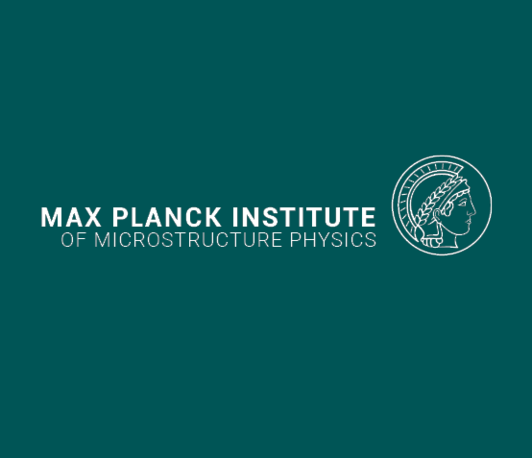Scanning tunnelling microscopy for atomic-scale device fabrication and spectroscopic imaging of semiconductors
Seminar
- Date: Jul 24, 2023
- Time: 10:00 AM (Local Time Germany)
- Speaker: Prof. Neil Curson
- London Centre for Nanotechnology, University College London, UK
- Location: Max-Planck-Institut für Mikrostrukturphysik, Weinberg 2, 06120 Halle (Saale)
- Room: Lounge, Building B

Scanning tunnelling microscopy (STM) has revolutionized our understanding of the local structural and electronic properties of surfaces. In more recent times the technique has been used to manipulate atoms to build prototype atomic and nanoscale structures. In particular, STM-based hydrogen resist lithography has been used to make functional phosphorus-in-silicon electrical devices at these scales, including a single atom transistor [1] and a two-qubit gate [2]. Additionally, this work raises the exciting possibility of constructing artificial lattices from individual dopant atoms in silicon which could provide tailored optical and electronic properties. However, when trying to precisely position many phosphorus (P) atoms it has been found that the combination of P precursor chemistry and hydrogen resist lithography results in low yields of P atoms, making the scaling-up to useful structures impractical. In the first part of my talk I will discuss how we have dramatically improved the dopant yield by changing from P to arsenic (As) dopants. Through a full understanding of the dopant precursor chemistries for P and As we can explain the difference in the device fabrication processes, with the As-based process yielding a number of benefits both in terms of the fabrication technology and the resulting structures that are formed [3]. I will also briefly describe an exciting advantage we have found using germanium, rather than silicon, as the host device material [4]. In the second part of the talk, I will briefly give a more general overview of the other scanning probe microscopy research performed in our group. This includes the use of STM to spectroscopically study defects in 2D materials [5] and scanning microwave microscopy to study the electronic properties of buried dopant device structures [6].
References
[1] Fuechsle et al., Nature Nanotechnology 7, 242 (2012).
[2] He et al., Nature 571, 371 (2019).
[3] Stock et al., ACS Nano 14, 3316 (2020).
[4] Hofmann et al., Angewandte Chemie International Edition e202213982 (2023).
[5] Wentink et al., Journal of Physical Chemistry, 125 22883 (2021).
[6] Gramse et al., Nature Electronics 3, 531 (2020).